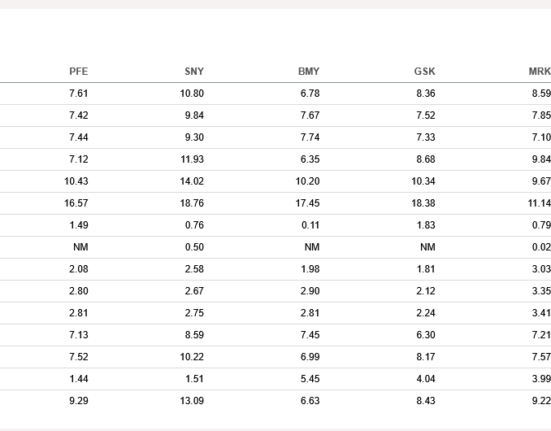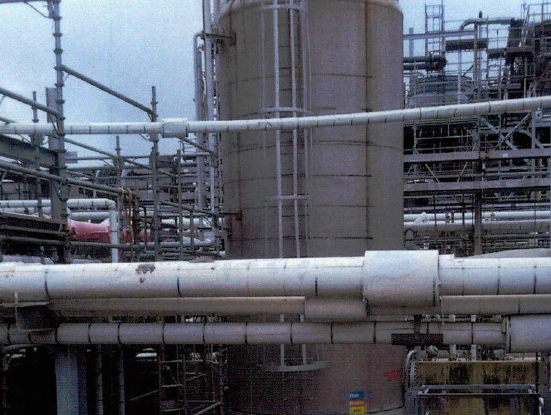Accounting professionals and bulk operators often struggle with inventory accuracy, which can disrupt both financial reporting and operational planning. Traditional methods, such as measuring tapes and spreadsheets, frequently lead to significant discrepancies.

Image Credit: Ramon Cliff/Shutterstock.com
Accurate inventory data is essential across several areas. It ensures that financial statements, including balance sheets and income statements, reliably reflect the company’s true position. This level of accuracy is especially important for tax planning, helping to avoid overstated profits and the risk of overpaying estimated taxes.
Reliable inventory figures also support better working capital management and cash flow by preventing unnecessary purchases. In cost accounting, they offer a more accurate picture of the true cost of goods sold, leading to more informed financial decisions.
Bulk Accuracy
Effective Measurement for Accurate Accounting
With silos full, conveyors humming, and trucks running on schedule, it’s easy to assume everything is on track. But inventory measurement inaccuracies can cause serious problems behind the scenes.
Using tape measurements for bulk materials often leads to incorrect volume estimates. These inaccuracies can be costly—overstated inventory figures may cause operators to oversell materials, putting order fulfillment at risk.
Impact of Bulk Inventory on Financial Planning
An accurate inventory statement can reduce the need for excessive physical inventory and enable the CFO to anticipate short-term funding requirements, thereby enhancing the company’s ability to generate timely and precise financial reports.
Inventory plays a crucial role in profitability and tax obligations. Companies often project year-end profits, only to be surprised by losses revealed through physical inventory counts that expose significant discrepancies between recorded and actual inventory.
Accurate Bulk Material Measurement
Precise bulk inventory measurements provide clarity on what can be sold to customers. This accuracy allows marketing plans to focus their efforts on specific products.
Mitigating Wasted Bulk Material
Bulk products can spoil, compact, and become unusable over time. Accurate inventory management leads to better ordering decisions, allowing for effective depletion of older products.
Efficient bulk ordering management also anticipates and prevents stock-outs, which can disrupt production, transportation, and customer relations.
Material Requirements Planning (MRP) and Bulk Inventory
In manufacturing, scheduling bulk procurements can be simplified through calculations based on current inventory levels, orders placed, and future procurement schedules.
BinMaster’s BinCloud® software enhances MRP by providing a forecast report that tracks usage over time and trends material consumption for the future.
Balancing Lean Manufacturing and Just-in-Time (JIT) with Bulk Material Inventory
JIT, continuous improvement, and lean methodologies help companies navigate competitive environments by targeting waste—defined as any activity that does not add value.
This waste can manifest as excess inventory, non-automated tasks such as manual measuring of silos and bins, unnecessary material movement, and product rejects.
Lean strategies like JIT can significantly reduce inventory levels, increasing the necessity for precise material measurement as tighter JIT requirements are implemented, since lower on-hand balances heighten the risk of stock-outs.
US Government Requirements for Bulk Material Measurement
In 1988, the government established ten Material Management and Accounting System (MMAS) standards for federal contractors. The fifth standard mandates that contractors and subcontractors “establish and maintain adequate levels of inventory accuracy,” stating that “95% inventory record accuracy is desirable.”
Accounting Issues Associated with Bulk Inaccuracy
- Inventory discrepancies can lead to an overstated cost of goods sold and inflated gross profits.
- Overstated profits resulting from inaccurate measurements may cause an overpayment of estimated taxes.
- Underestimated measurements may result in excessive material purchases, thereby tying up working capital in surplus inventory and creating storage capacity challenges.
- Excess inventory incurs additional storage and handling costs.
Case Study
Acme Beans* faced significant measurement inaccuracies in their large storage bins over a five-month period from November to March.
Seasonal workers, lacking proper training, relied on visual estimates of bin levels rather than utilizing appropriate measurement tools and techniques. This led to the entry of inaccurate inventory records into the company’s systems.
The underestimated inventory levels resulted in the purchase of excessive bulk materials, thereby immobilizing $1.4 million in working capital in surplus soybean inventory.
Accountants identified the discrepancies after several months, as the recorded measurements failed to balance. This oversight resulted in a $1.9 million overstatement in the cost of goods sold and gross profit.
In total, the prolonged period of inaccurate measurements resulted in lost revenue, increased inventory costs, overpaid taxes, fines, and additional expenses.
Had Acme Beans implemented a 3D Level Scanner, accountants would have obtained level measurements derived from technology that accurately assesses the material conditions within their storage vessels.
Accurate measurements enhance transparency in material inventory and provide data essential for informed business decisions.
*Company name has since been changed.
Accurate Bin Measurement: 3D Level Scanner
Many organizations measure bulk materials using the nearest access point on a vessel, dropping a weighted tape to obtain a single-point measurement that they hope reflects the average volume.
However, in larger vessels, material distribution can vary significantly, resulting in hills and valleys. A single measurement point is insufficient.
BinMaster holds exclusive worldwide rights to provide the ATEX-certified 3D Level Scanner. This sensor employs acoustic technology to analyze the topography of the material inside a vessel, accounting for buildup and varying conditions.
The 3DVision software compensates for irregular material surfaces when calculating volume.
The 3D Level Scanner utilizes acoustics-based technology that penetrates dust, ensuring reliable measurements.
This non-contact technology accurately measures solids and powders, including low-dielectric materials, and is certified for hazardous locations under CFM Class I & II and IECEx/ATEX standards.
This information has been sourced, reviewed and adapted from materials provided by BinMaster.
For more information on this source, please visit BinMaster.







